This is Campi, the International Epilepsy Day mascot. Campi is a cute little seahorse who happens to have epilepsy. He is very gentle and kind and sometimes he is a little shy. Everyone is his friend.

Our plan is to develop a series of educational stories, specially suited to young children. Together with the videos, we are creating a teachers’ pack to help educators to use the tool in the classroom. Very soon, we will have other materials available.
We wanted to have a character that had a connection to epilepsy in some way and Campi just happened to fit the bill. The seahorse is genus Hippocampus and its shape resembles a part of the brain that has the same name and is important in producing seizures and epilepsy.
It’s also an animal that people find fascinating, graceful and beautiful. We hope that you will enjoy meeting Campi and his friends.
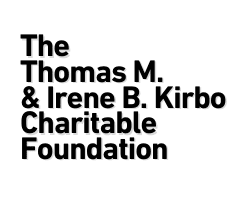

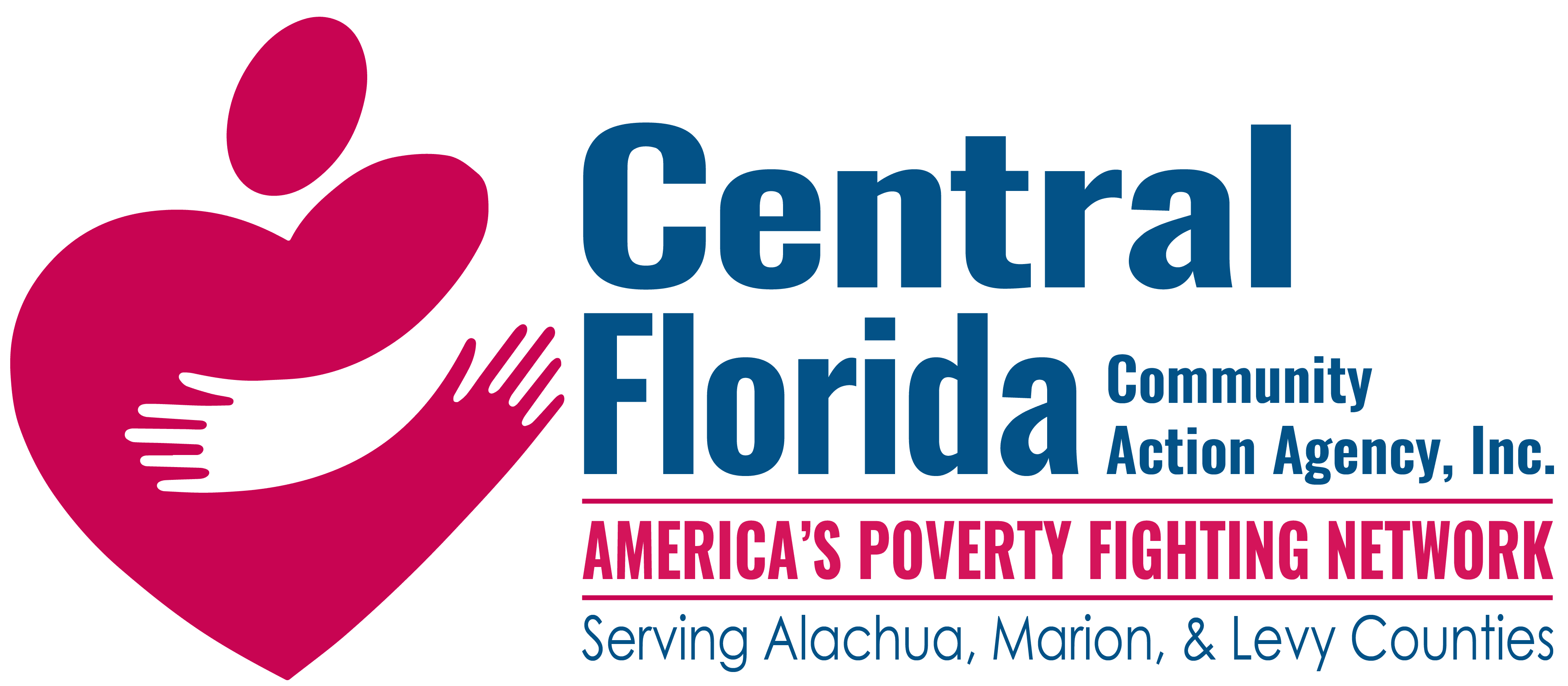



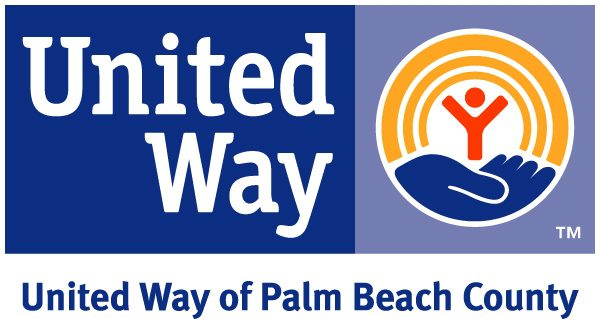
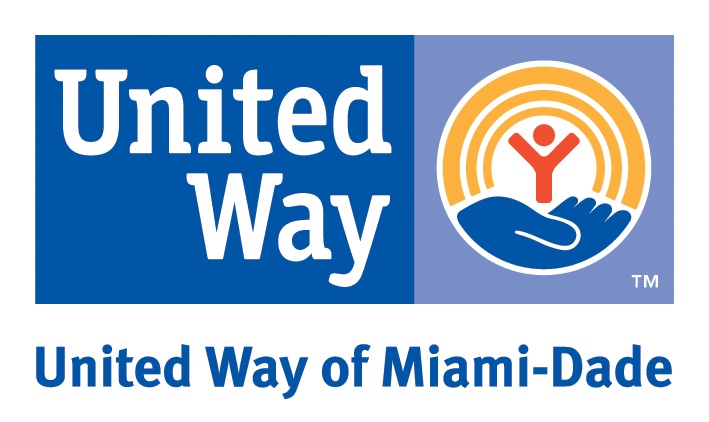







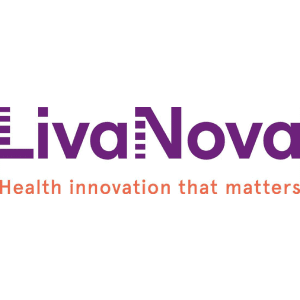























© 2024 Epilepsy. All Rights Reserved